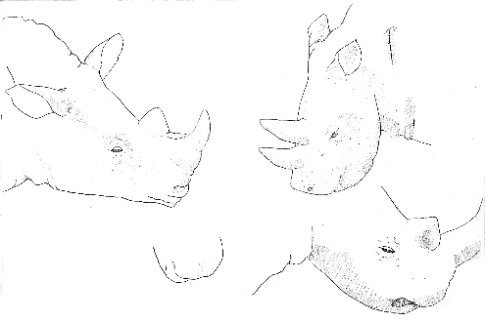
Zoos can be unhappy places. Even at home, where money and
rendered concrete conspire to trick the viewer, though rarely the animals, into
believing the cage to be some semblance of native habitat.
This is true in part of Lahore Zoo; caged and blank eyed
tigers, a puma pacing back and forth, the Colobus monkey worrying endlessly at
the stump of its tail.
But not in others.
The chimpanzee and her young daughter play games with fruit
and rope and swings. Their cage has been
fenced off from the public but guards still admit a steady stream of visitors
to watch the countenances of our smiling cousins.
The elephant plays harmonica and frightens children with the
improbable reach of her trunk. Her keeper stands always beside her, pocketing
the notes she so deftly plucks from hands outstretched across the moat.
The hippos, massive as cars, snort and bellow as they push
enormous jaws into piles of Lucerne and clover.
Giraffes sway slightly in the sun, long legs and long necks
dappled in shade and light.
There is an appealing daftness to the names of the animals –
Suzi the elephant, new giraffes Twinkle and Sunny, Honey the chimp. The names
are chosen competitively by primary schools and banners and plaques announce
the names of the winning colleges. I think how carefully, how appropriately,
Mzuri [meaning peace in some African dialect] the baby gorilla at Melbourne Zoo
was named. Perhaps these English words, so commonplace, ring with a similar
false exoticism.
In any case Suzi wears her name, together with a star, in
white paint across her forehead. She does a brisk trade in ten rupee notes,
many of which I suspect go towards her food – described on a painted sign as
including 200kg of sugar cane, 30kg of oats and 70kg of fruit. Each day.